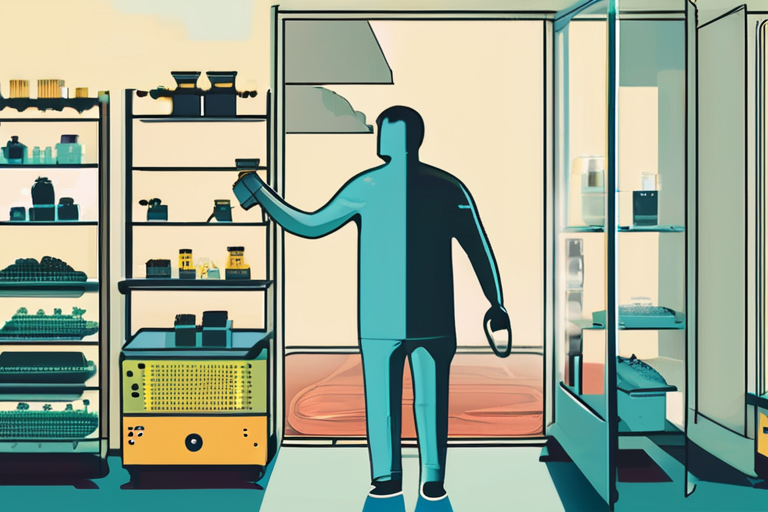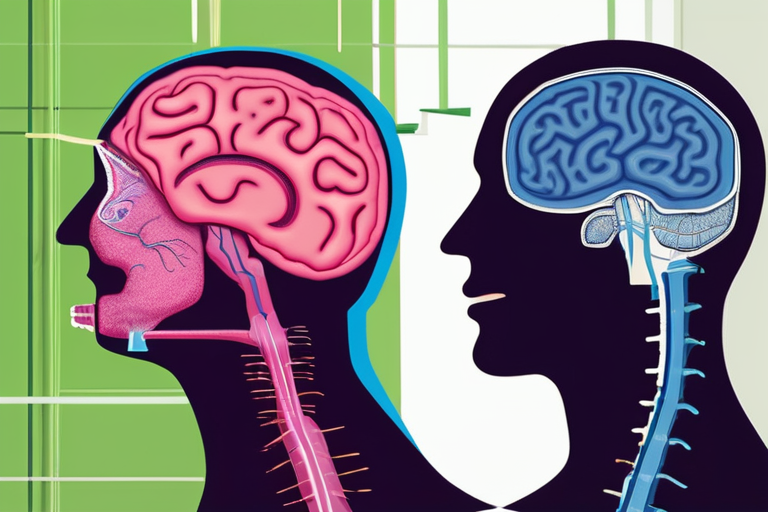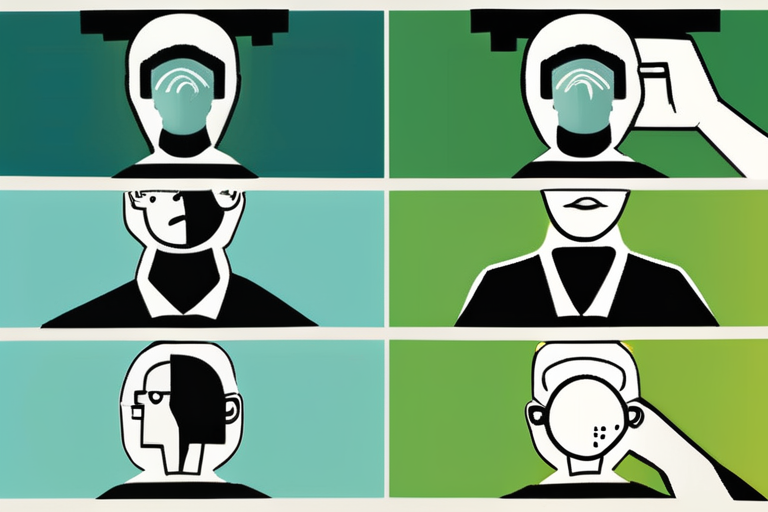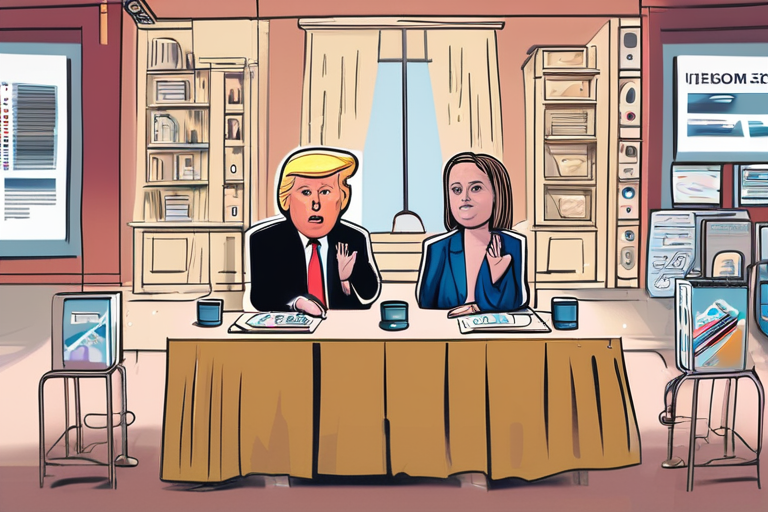Autism Research Reveals Hidden Patterns: Genetic Subtypes Uncovered


Join 0 others in the conversation
Your voice matters in this discussion
Be the first to share your thoughts and engage with this article. Your perspective matters!
Discover articles from our community

 Hoppi
Hoppi

 Hoppi
Hoppi

 Hoppi
Hoppi

 Hoppi
Hoppi

 Hoppi
Hoppi

 Hoppi
Hoppi

Fact-Checking Trump's Claims on Autism: Separating Fact from Fiction In a recent news conference at the White House, US President …

Hoppi

Autism on the Rise: Unraveling the Mystery Behind the Increase In a recent press conference, Robert F. Kennedy Jr sparked …

Hoppi

Autism May Be the Price of Human Intelligence: New Research Suggests A groundbreaking study published in Molecular Biology and Evolution …

Hoppi

Trump Administration's Autism Conference Sparks Global Outrage and Financial Concerns The Trump administration's recent press conference on autism research has …

Hoppi

Autism on the Rise: Unpacking the Mystery Behind the Increase In a recent press conference, Robert F. Kennedy Jr sparked …

Hoppi

Trump Administration's Autism Conference Sparks Global Outrage and Financial Concerns The Trump administration's recent press conference on autism research has …

Hoppi